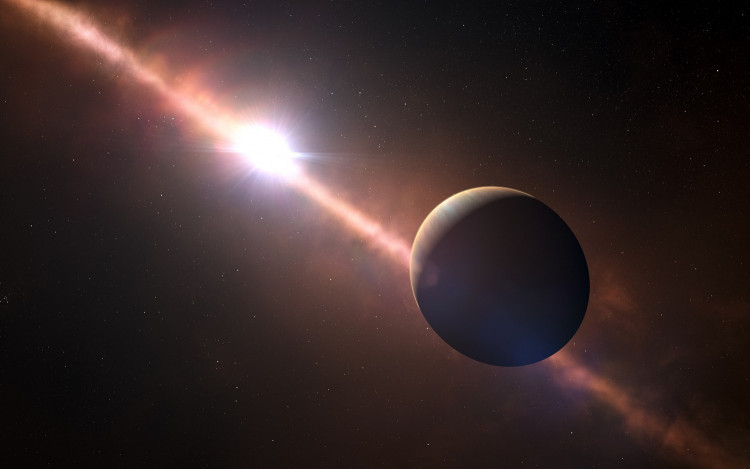NASA's Transiting Exoplanet Survey Satellite (TESS) on July 4 finished its primary mission, successfully imaging approximately 75% of the sky within two years. The observatory has since identified 66 exoplanets and more than 2000 are in line for confirmation.
Using its four cameras, TESS observes 24x96-degree strips of the sky called sectors. Its primary mission was spent surveying 13 sectors comprising the southern sky and another year surveying the skies of the north.
TESS is now on its extended mission and is back surveying the southern sky. Newly optimized, the space telescope can now capture a full image every 10 minutes, three times faster than it did in its primary mission. Its upgrades now allow for faster measurements, as well as the capability to adjust to changes in brightness caused by oscillations of stars. It is now able to capture flares from active stars in greater detail.
These upgrades should make TESS fare better until the conclusion of its extended mission in September 2022. It will start surveying the southern sky for a year then spend another 15 months to gather more observations in the north. NASA also expects the observatory to reach regions along the ecliptic -- the plane of Earth's orbit around the Sun -- that the telescope has not imaged yet.
TESS will continue to identify transits, an event in which a star dims due to a planet passing in front of it from our point of view. Its newest addition to its exoplanet discovery is TOI 700 d, TESS's first Earth-size world and is also found in the Goldilocks zone -- just right the temperature for liquid water to exist. The satellite also discovered a planet the size of Neptune that orbits two stars, as well as a newly discovered planet orbiting AU Microscopii.
Though designed for exoplanet discoveries, TESS has also observed numerous exploding stars and the outburst of a comet in our solar system. It even saw a black hole in a galaxy not far swallowing a sun. it also solved a mystery about a class of pulsating stars and found eclipses in a binary star system.
"TESS is producing a torrent of high-quality observations providing valuable data across a wide range of science topics," said TESS's project scientist, Patricia Boyd, at NASA's Goddard Space Flight Center. "As it enters its extended mission, TESS is already a roaring success."
TESS and other planetary programs by NASA help make the field of astrobiology richer in the knowledge of exoplanets that could host life,





